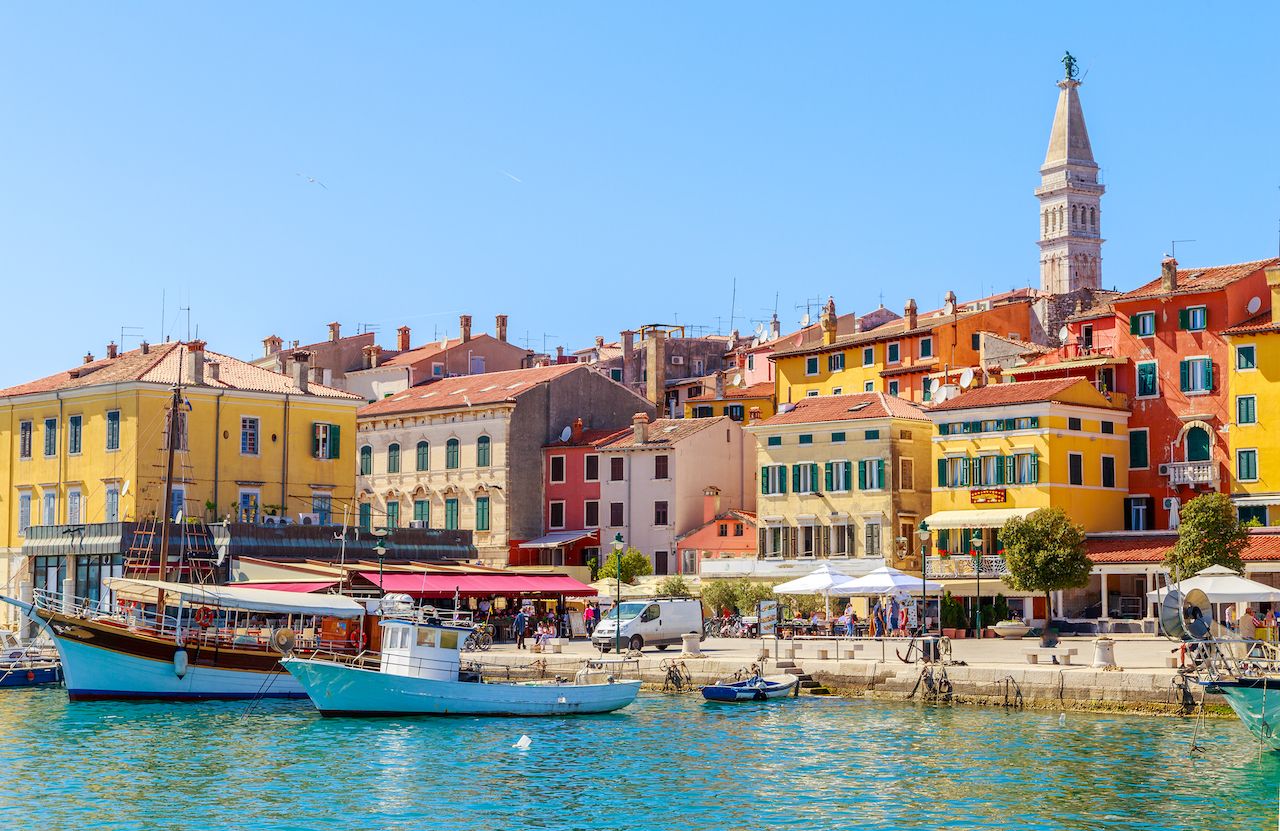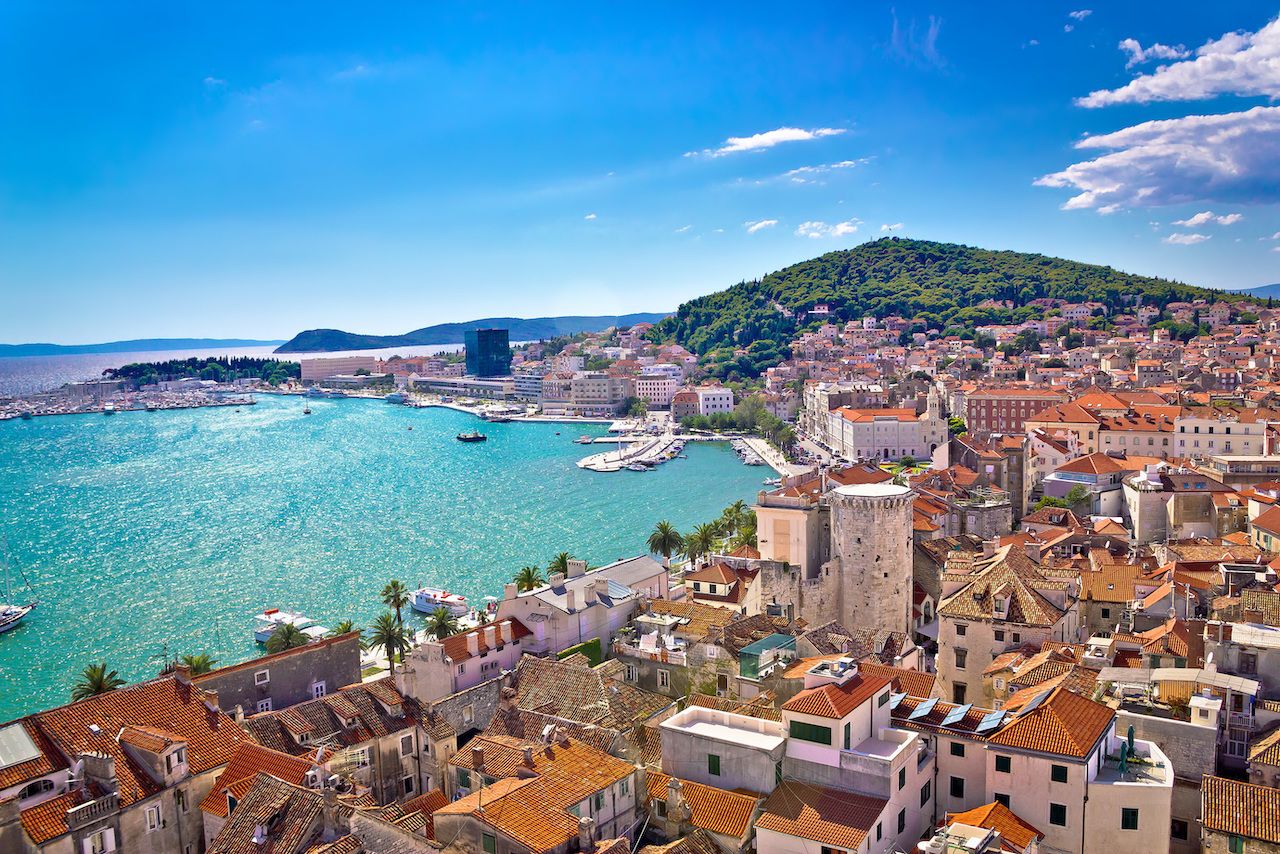Coastal countries are made for scenic drives. When the coastline in question belongs to Croatia, whose seaside towns hug the Adriatic for 3,600 striking miles, any inclination toward a road trip becomes nearly irresistible. So why fight it, we say.
To make the siren call of the Croatian coast that much harder to refuse, we’ve even done half the legwork for you, mapping the ultimate route from Istria to Dubrovnik. All you have to do is secure some wheels and delight in one of the Mediterranean’s most enchanting drives.






